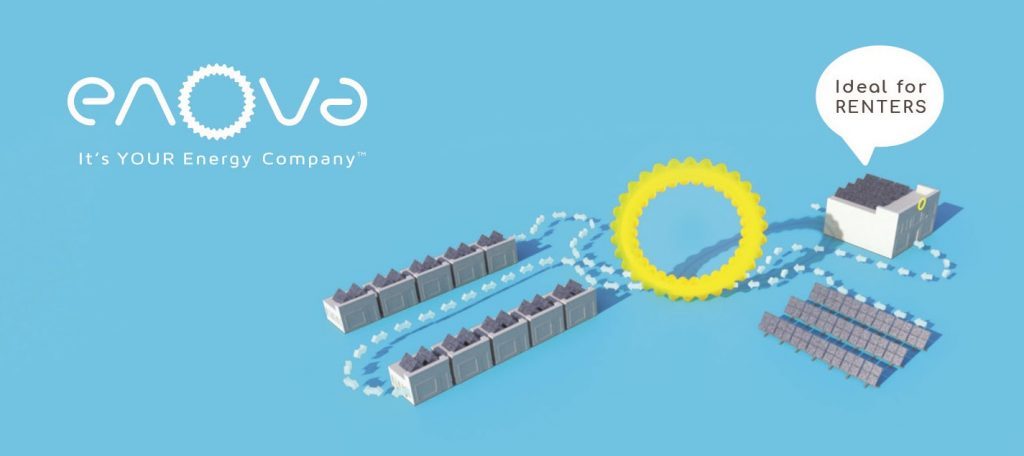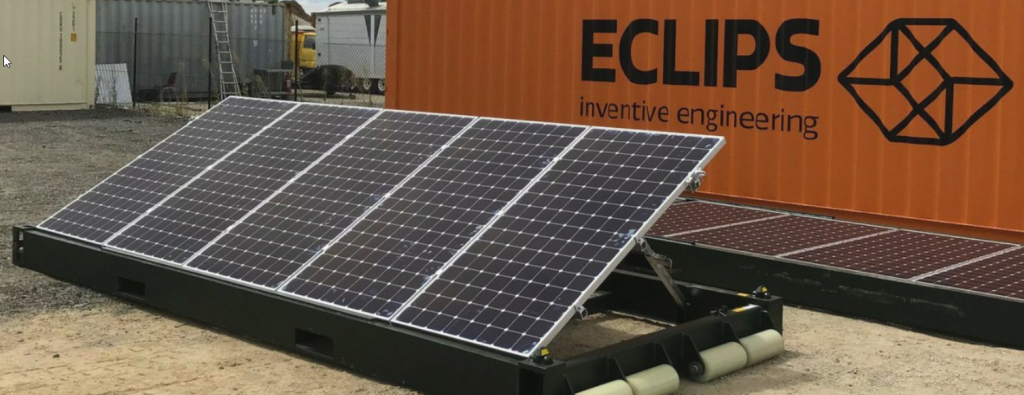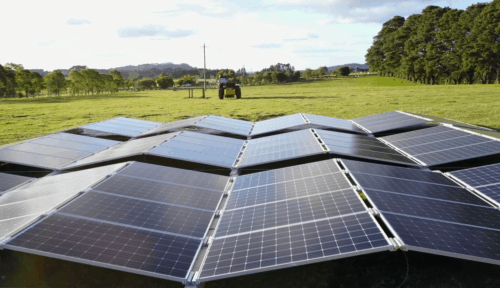We wrote last year about the Byron Bay based community solar company Enova who became a generator and a reseller of renewable energy. They’re now launching a community solar garden which is an amazing idea for people who aren’t able to reduce their electricity bill by installing solar power. Let’s learn more about the Enova and their plan to revolutionise solar for people in apartments, renters, and many more…
Enova and the Community Solar Garden

The official Enova website is currently accepting applications from both ‘hosts’ and ‘members’ – that is to say that if you have plenty of free space on your rooftop you could sign up as a host, or if you’re a renter or live in an apartment or can’t get solar for any other reason becoming a member is a great idea. According to the website, “Enova is set to build a 99kW solar system and “sell” the panels to customers who can’t have solar at home”
For the most part it won’t be a ‘solar garden’ per se – most of the power looks like it’ll be generated from rooftop solar.
According to Echo Net Daily, a Byron Bay based newspaper, a visit from Shadow Minister for Climate Change and Energy Mark Butler met with a great response for the Enova team. Mr Butler visited Enova HQ last Tuesday (June 12) and had some positive things to say about the plan:
Mr Butler said he was ‘excited to support innovative projects like Enova’s Solar gardens’.
The gardens will ‘make an important contribution towards reducing carbon emissions and transition to a clean energy future, in addition to allowing access to the benefits of solar for renters.’ Mr Butler added.
With regards to the concept of a ‘solar garden’, the more literal of us are in luck. A feasibility study in Eastern Australia is currently doing research into solar gardens for renters and how viable the concept is. According to EnergyMatters, the Australian Renewable Energy Agency (ARENA) has given $240,000 to the $555,00 project – which will be undertaken by the Institute of Sustainable Futures at the University of Technology Sydney.
We’ll be sure to keep you posted on how Enova’s community solar garden goes and also keep an eye on the feasibility study into the ‘real’ solar gardens. Some more great news for community solar!




